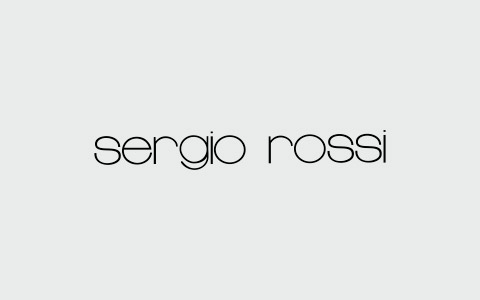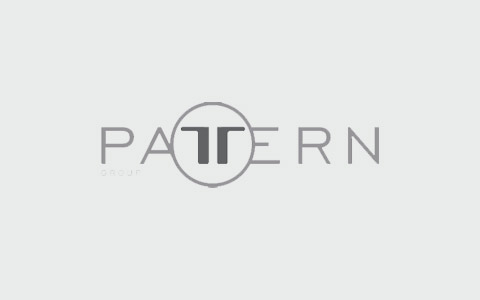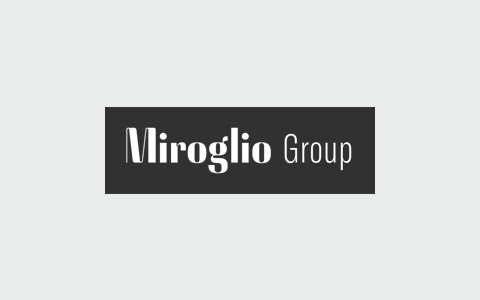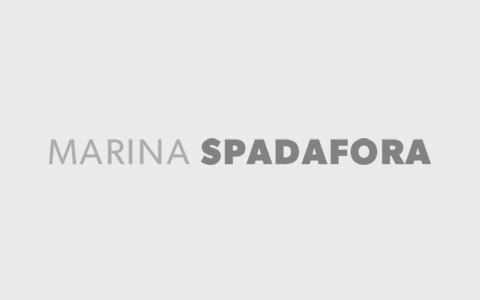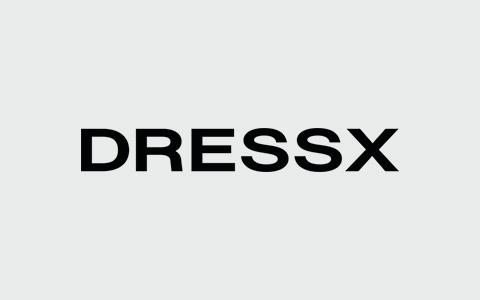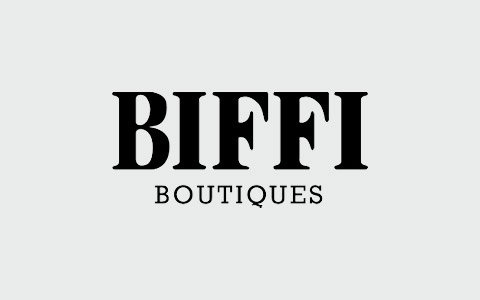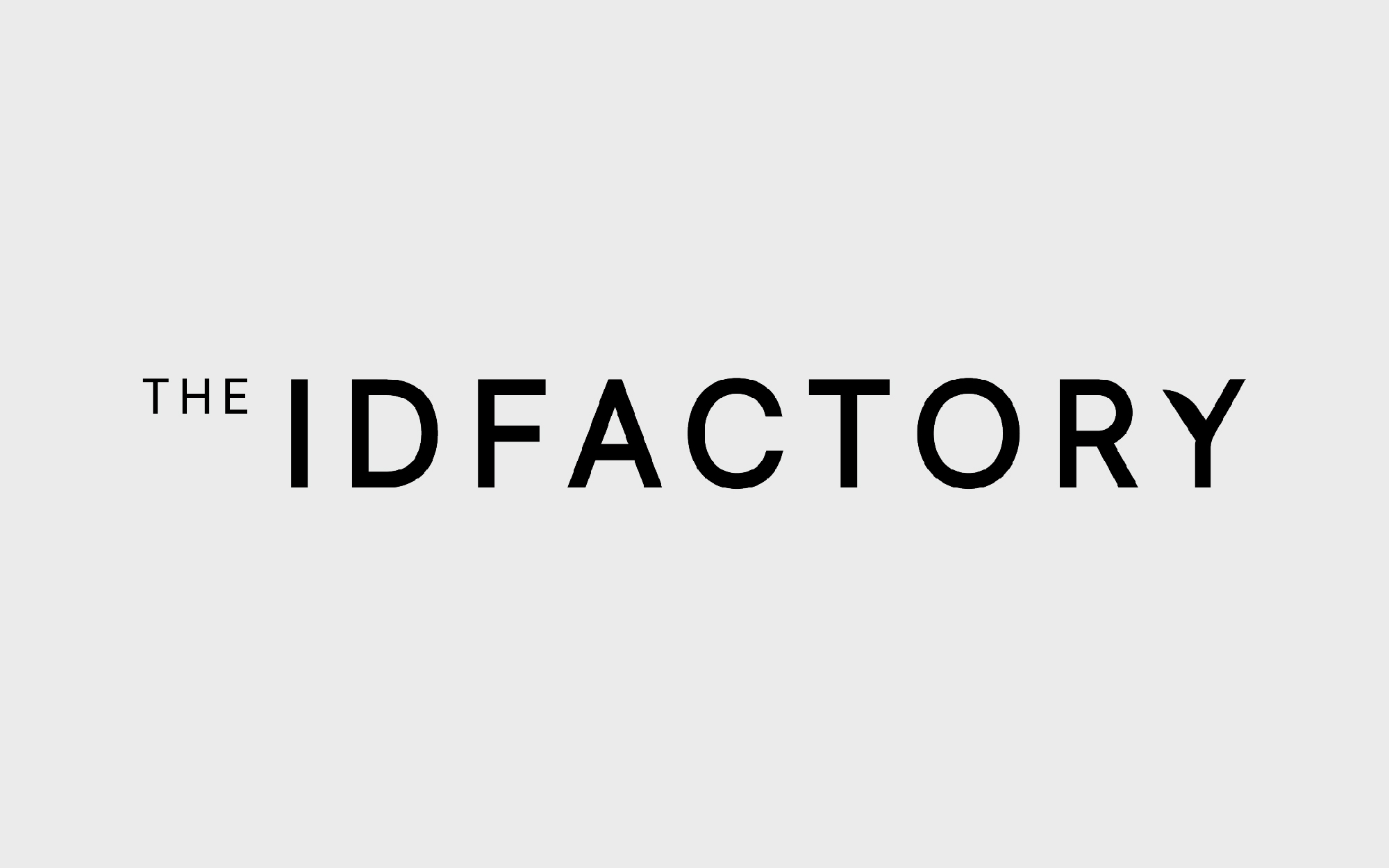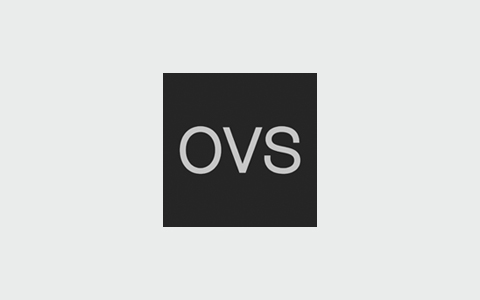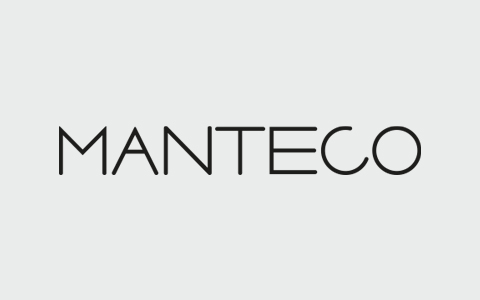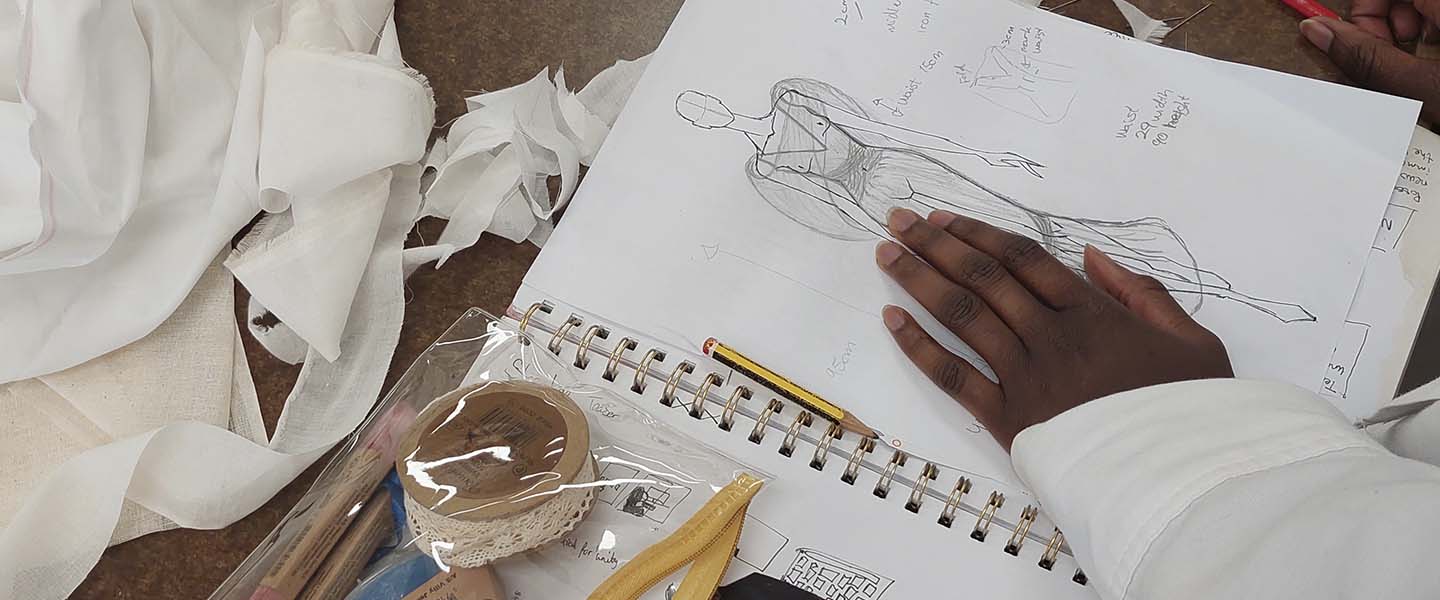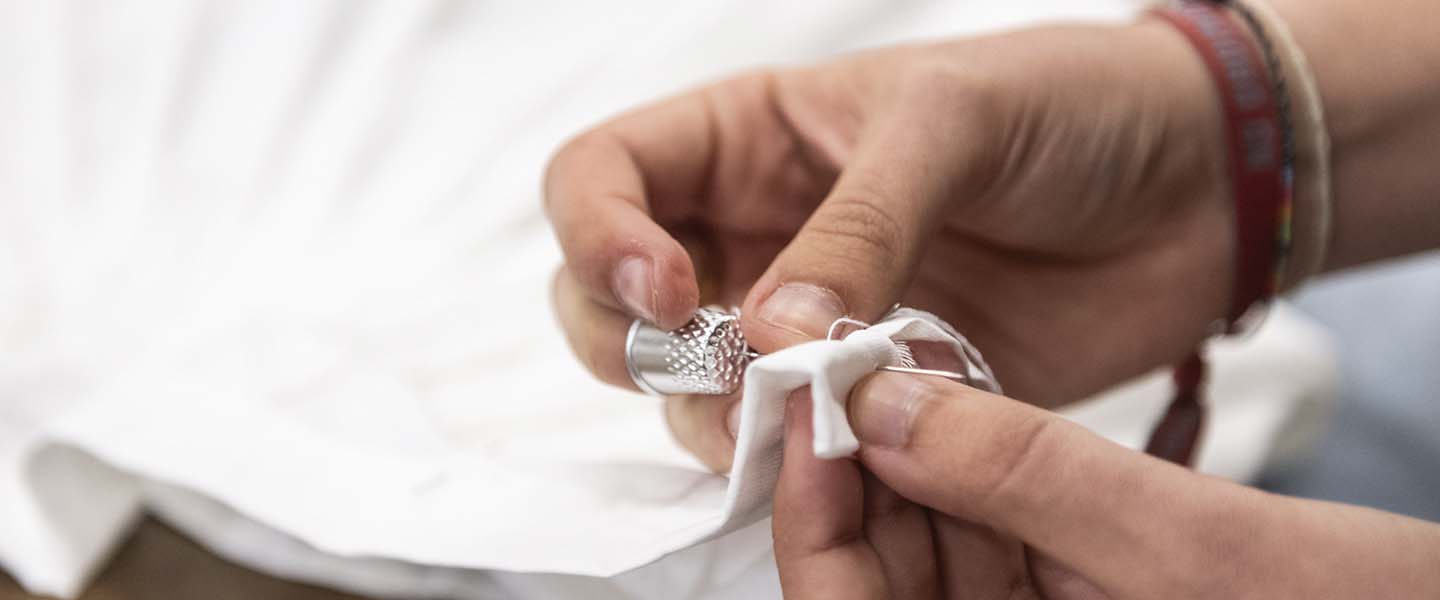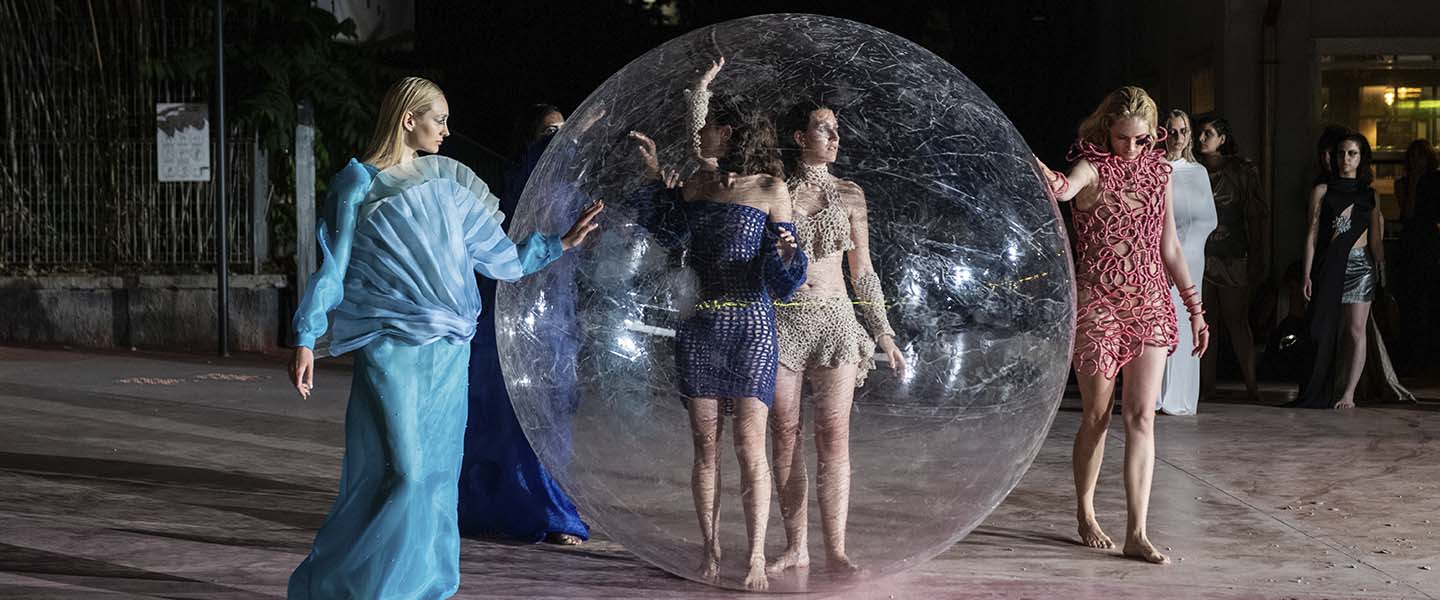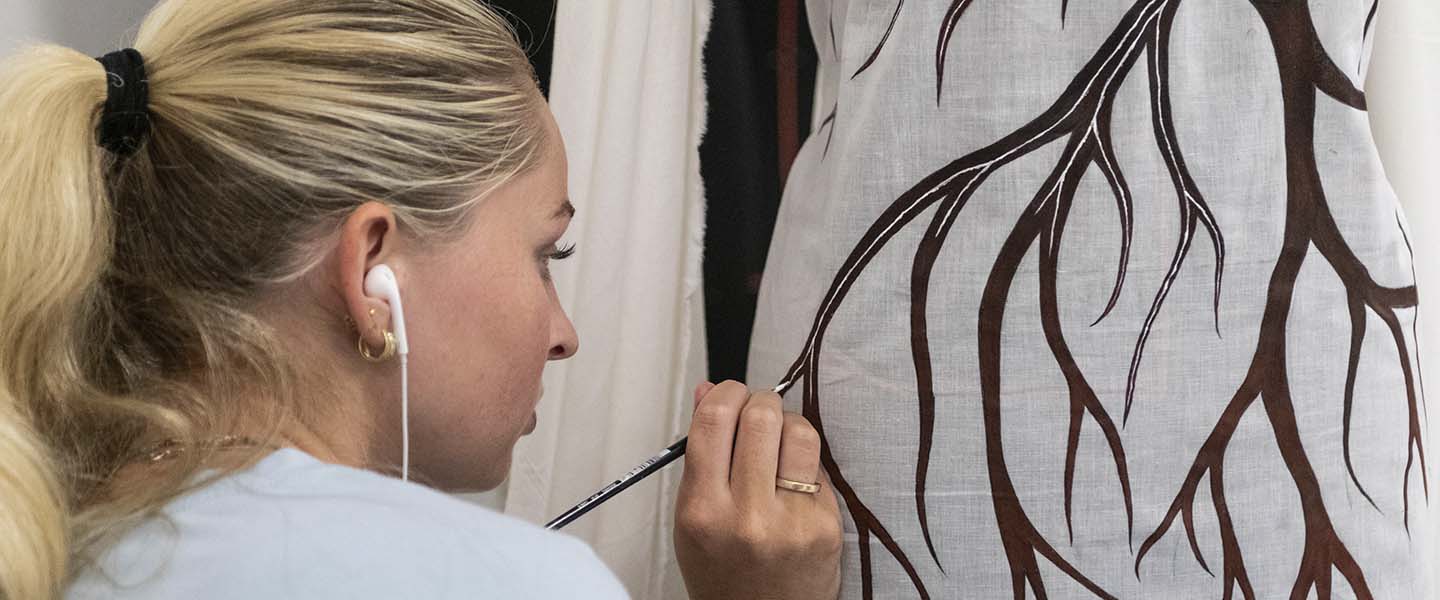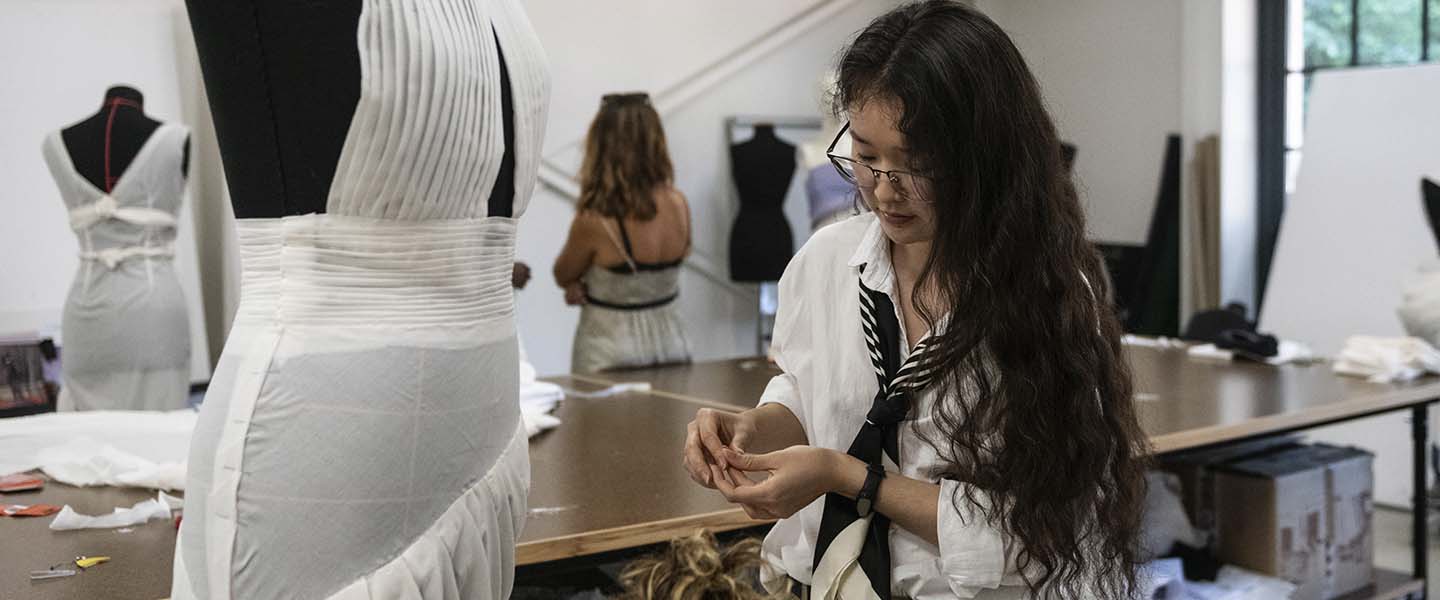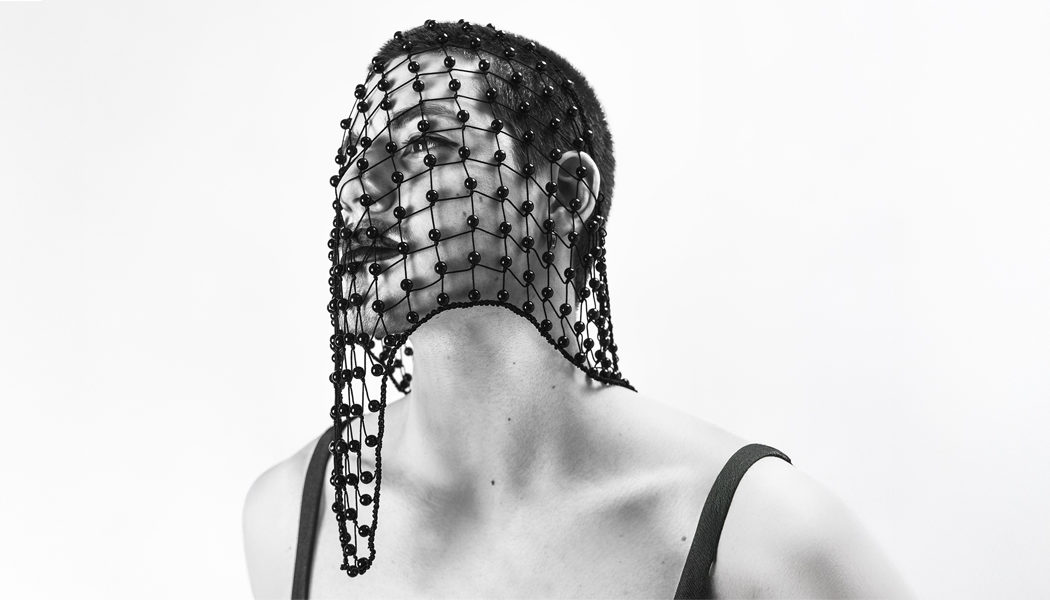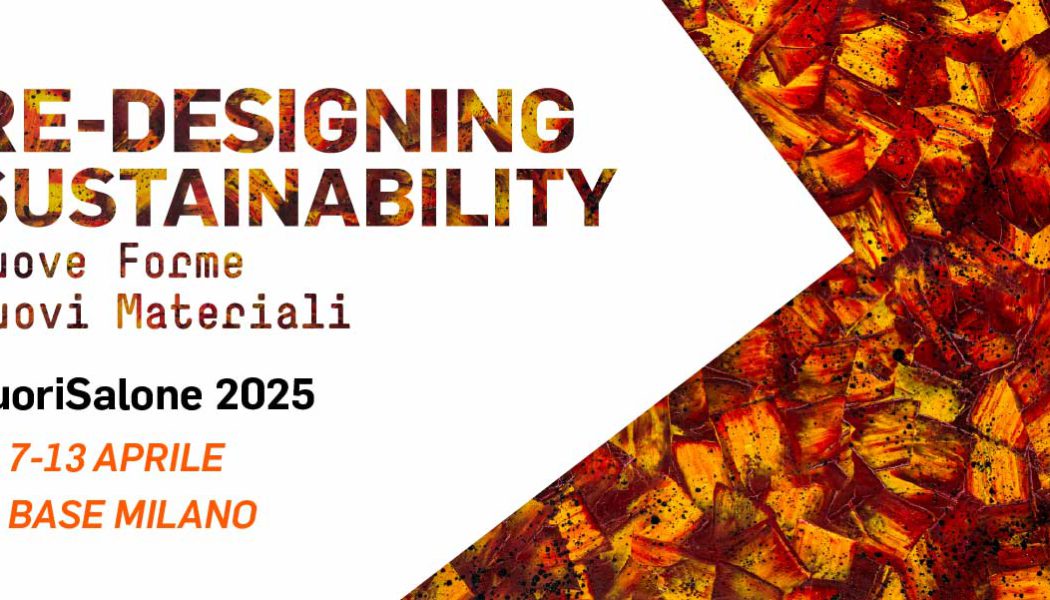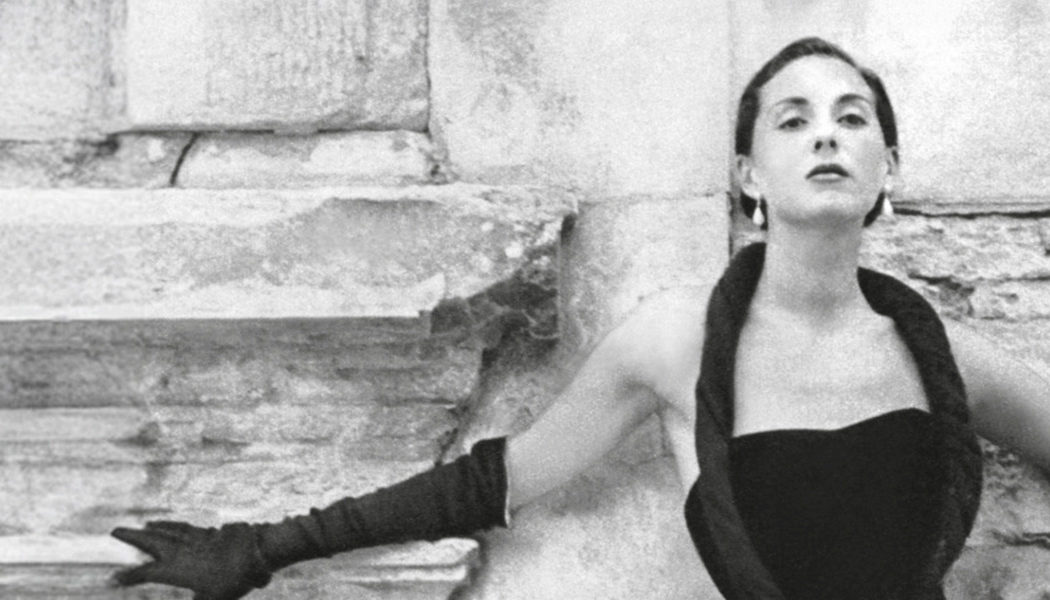TAUGHT IN ITALIAN AND ENGLISH ❯
Fashion is civilization.
The history of human cultures coincides with the history of clothing: since ancient times the way of dressing has marked civilisations, characterising their crucial moments of transformation.
In the global acceleration of our present, there is a need for an all-round reflection on the meaning of fashion in the contemporary world, in order to be fully aware of the immediate and future impact it has on the environment, understood as the natural, cultural and social habitat where everything is interconnected.
Qualification:
First Level Academic Diploma, equivalent to a Bachelor’s degree
Duration:
3 years, full time
Language:
Italian and English
Credits:
180 ECT
Location of attendance:
Rome
Requirements:
Italian students
High school diploma
International students
Valid High School Diploma for the Italian Higher Education System
B2 Certificate of the language in which the course is held
Upon admission non UE students are subject to fulfill the procedure for obtaining the student VISA
Field:
Design Methodology, Textile Culture and Sustainability, Fashion Design
Main subjects:
Fashion Design, Pattern making, Digital modelling techniques
Future careers:
Fashion Designer, Digital Fashion Designer, Researcher of sustainable materials and fabrics, Textile Designer, Graphic Designer for Fashion, Sustainability coordinator.
Fashion companies today are required to reduce their unsustainability in order to move the fashion industry towards an effective ecological transition.
This is the opportunity that presents itself today to the young fashion designer: to learn to formulate a thought that is creative, but aware of the impact of their fashion making.
The new three-year RUFA course is the first course in Italy that takes a transdisciplinary approach to integral ecology in the creative design of the entire fashion supply chain and aims to provide solid technical skills, while stimulating a critical reflection on cultural and business models of the fashion system, with a view to sustainability, inclusion and circularity.
The sustainable fashion designer must have a complete education, in which the creativity cultivated and enabled by digital knowledge, the technical skills and the cultural in-depth analysis are confronted with the themes and opportunities of sustainable development.
At the end of the course, graduates will be able to work in many of the creative professions of the fashion system, either as independent consultants or within company teams. They will be able to work as Fashion designer and Digital fashion designer, researcher of sustainable materials and fabrics, textile designer, graphic designer for fashion, sustainability coordinator.
*All lessons include mandatory attendance at RUFA’s locations in Rome.
Coordinator and tutor: Guenda Cermel
Lecturers: Cinzia Capparelli, Vincenzo Caruso, Guenda Cermel, Irene Cerrati, Lucia Forte, Francesca Gollo, Gianluca Lera, Valeria Magistro, Silvia Vacirca, Genny Di Bert, Valeria Oppenheimer, Valentina Pirritano, Andrea Mennella, Paola Ungaro, Aleksandra Filipovic, Cristina Brutto, Agnese Angelini, Marco Guarna, Francesca Romana Andò, Antonella Sebastiani, Alessandra Cortese, Gabriela Giovanardi.
DOWNLOAD THE BROCHURETeaching regulations
BOOK A GUIDANCE INTERVIEW
ASK MORE INFO ABOUT THE COURSE
Fashion design workshop in collaboration with AltaRoma
Who is the sustainable fashion designer of the future?
BACHELOR OF ARTS PROGRAMME IN SUSTAINABLE FASHION DESIGN
Suggested study plan – Mandatory attendance at RUFA locations in Rome
| YEAR | SUBJECT | ECTS | HOURS |
|---|---|---|---|
| I YEAR |
Design methodology
The principles behind fashion design: shape, volume, color, signs, materials and textures. Techniques and tools to create original project concepts through a research and visual synthesis considering the project objectives, environmental, technological and production constraints, the market trends, contemporary art, cultural and social phenomena and the designer's creative identity.
| 6 | 75 |
|
Fashion Drawing
Techniques and tools to create a fashion project by hand: anatomical drawing, flat sketches, various types of fashion figures, croquis and apparel construction, illustration methods and use of color. The goal is to reflect on drawing as a tool for representing aesthetic models and real bodies, and to explore one's creative identity.
| 6 | 75 | |
|
Patternmaking for fashion 1
Manual patternmaking techniques and tools for the development of basics patterns, for the correct use of toile and fabrics, and for tailoring and industrial construction of prototypes, focusing on the theme of waste.
| 8 | 100 | |
|
Technology of new materials for fashion
Materials and technologies used in fashion; learning about the chemical-physical properties of fibers, yarns and fabrics, their application in the market, their touch and feel, their behavior in relation to the three-dimensionality of the body, the requirements of the garment, the patternmaking and manufacturing techniques, with a focus on materials and processes related to sustainable fashion design and their use in the field of artisanal and industrial production.
| 6 | 75 | |
|
History of Fashion
History of contemporary fashion seen as a form of expression and representation of individuals and society. Analysis of the origin of the fashion phenomenon; difference between fashion and costume; cultural and economic mechanisms that have determined the evolution of this sector globally; development of sustainable fashion and digital fashion.
| 6 | 45 | |
|
Digital applications for Visual Arts
The course aims to introduce students to the techniques and software for digital design and processing for two-dimensional illustrations, image editing and the layout of the student’s creative work.
| 6 | 75 | |
|
Photography
History of photography through the study of fashion photographic images and the artists who created them. Reflecting upon the critical aspects related to the representation of body, gender and power. Techniques and practical exercises include setting up the camera and artificial lighting, lightroom and connections with the darkroom, as well as the possibilities given by development, post-production and editing software.
| 6 | 75 | |
|
Sustainable Fashion design 1
Creating a fashion collection based on a selection of significant examples, both historical and contemporary. Development of the theme of the project (concept, technical drawing and illustration, materials, creation of a prototype), encouraging a critical approach that assesses the environmental, social and cultural impact of the project.
| 12 | 150 | |
| Basics of computer science | 4 | 50 | |
| II YEAR |
Patternmaking for fashion 2
Advanced patternmaking techniques and tools for the development of patterns, for superior tailoring and industrial construction of prototypes with a particular focus on grading, material consumption schemes and 'zero waste' practices.
| 8 | 100 |
|
History of contemporary art
Twentieth and twenty-first century art: analysis of themes, techniques, media, issues, protagonists and methodologies, to propose, from a transdisciplinary point of view, a method to interpret art in its historical and contemporary context.
| 6 | 45 | |
|
Graphic Design for fashion
Introduction to the principles of graphic design for fashion and textiles and development of a creative and original language; including the creation and use of logos, status prints, screen prints and all over patterns with repeats and color variations.
| 6 | 75 | |
|
Textile culture and sustainability
Techniques and tools for the development of sustainable textile materials by recycling and reusing of fibers, yarns and fabrics, and manipulation of textile materials to create innovative fashion collection.
| 6 | 75 | |
|
Sustainable Fashion Design 2
Design and development of a collection for a specific target based on original research and a shared project theme (concept development, technical drawing and illustration, materials, creation of complex prototypes) thanks to teamwork. Developing a critical approach which takes into account the environmental, social and cultural impact and a comprehensive assessment: socio-economic analysis, market positioning, life cycle, recycling and reuse of materials and technological processes.
| 12 | 150 | |
|
3D Digital Modeling techniques for fashion 1
Three-dimensional garment modeling through Clo3D software to create virtual prototypes for clothes and accessories and its implementation for the production of physical prototypes.
| 6 | 75 | |
|
Fashion Management
Knowledge of the fashion industry value chain: design, production, distribution, and communication, with a focus on circular business models. Principles, methods and tools for the management of fashion companies.
| 6 | 45 | |
| English | 4 | 30 | |
| Elective educational activities | 6 | / | |
| III YEAR |
Sustainable Fashion Design 3
Design and development of an integral fashion collection through a speculative design methodology. Evaluating in an increasingly precise way the environmental, social, cultural and socio-economic impact; creating a circular life cycle for the products (garments and/or accessories).
| 12 | 150 |
|
Phenomenology of contemporary arts
Phenomenological principles of art research through the study of the contamination of themes, forms of expression and exchanges between visual arts, architecture, fashion, design, graphics and multimedia. Encouraging a reflection upon the phenomena and experiments that characterize the contemporary world with a focus on technological innovation, environmental sustainability, and social inclusion.
| 6 | 45 | |
|
Brand Design
Techniques and methods to create an original and coherent visual identity, which is created by defining a coordinated corporate image and the brand manual. Choosing a logo, typeface and a color scheme; as well as creating the packaging, website and social media profiles.
| 8 | 100 | |
|
3D Digital modeling techniques for fashion 2
Parametric modeling with the use of Clo3D software: advanced methods and techniques of three-dimensional garment modeling with the introduction of materials and textures for the creation of virtual prototypes of clothes and accessories both for the production of physical samples and for use as digital fashion.
| 6 | 75 | |
|
Basics of marketing
Introduction to marketing principles: marketing mix, positioning strategies and market segmentation, creation of a marketing plan and cost allocation. Considering the constant evolution of contemporary marketing by exploring new channels (online and offline) and interactive tools for communication, with a focus on circular fashion and on issues related to 'greenwashing'.
| 6 | 45 | |
|
Sociology of cultural processes
Sociological principles that govern the social phenomenon of fashion as a whole, with a particular focus on issues of gender identity, social capital, youth subcultures and cultural appropriation.
| 6 | 45 | |
| Further language and interpersonal skills, internships, etc. | 4 | 100 | |
| Elective educational activities | 4 | / | |
| Thesis | 8 | / | |
| Total Credits | 180 |
The Bachelor of Arts programme in Sustainable Fashion Design is equivalent to a University degree.
Partner
